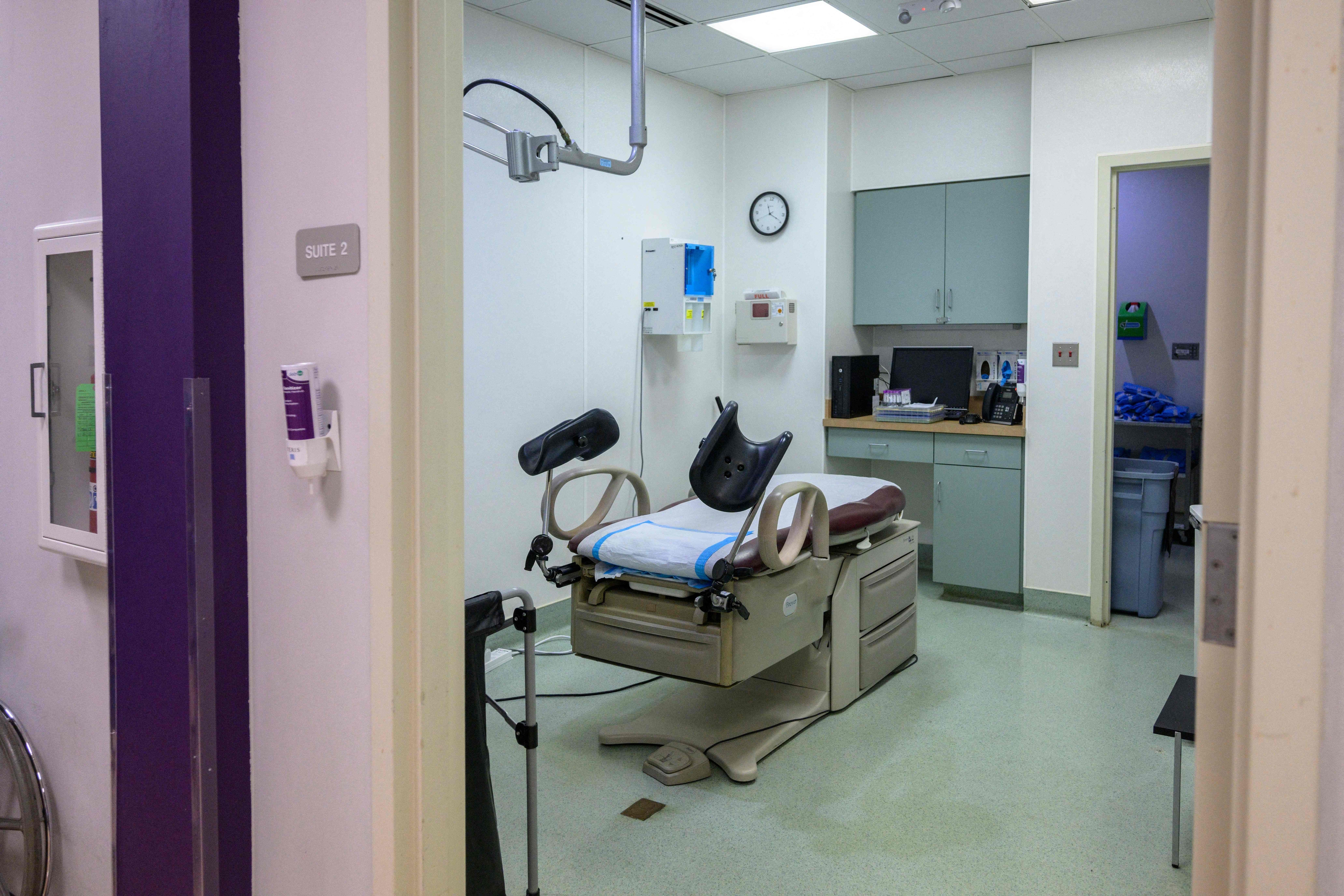
Roe v. Wade was overturned a year ago this week, allowing states to adopt sweeping restrictions and outright bans against abortion. But even before Roe fell, reproductive health care in the U.S. was a sprawling patchwork—one third of all counties lacked a single obstetrician. After the Supreme Court’s decision to overturn Roe in Dobbs v. Jackson Women’s Health Organization, health care provider groups and advocates warned of widening disparities and further setbacks to maternal and reproductive health.
Now 14 states have enacted near-total abortion bans. Fifteen other states restrict abortion based on the number of weeks a person has been pregnant. These restrictions have caused collateral damage, says Jody Steinauer, director of the Bixby Center for Global Reproductive Health at the University of California, San Francisco. In a recent survey, 68 percent of current ob-gyns reported that the Dobbs ruling has worsened their ability to manage pregnancy-related emergencies, and more than one third said their ability to practice within the accepted standard of care has deteriorated. A separate report by the Association of American Medical Colleges found that ob-gyn applications in states with abortion bans dropped by 10.5 percent during the 2022–2023 application cycle. While these data represent the preferences and not the eventual placements of medical residents, the decrease in applications suggests that states with new abortion restrictions could face increasing shortages of ob-gyns.
Steinauer says prospective doctors face a daunting decision: either practice in states where restrictive measures threaten their livelihood and the quality of care they can provide or abandon people in dire need of reproductive health services. One year after Dobbs, Scientific American spoke with Steinauer about the ruling’s impacts on reproductive health care and ways to preserve access to such care in the long term.
[An edited transcript of the interview follows.]
How has the Dobbs decision affected reproductive health services in the U.S.?
The full effects of Dobbs aren’t visible yet. But it’s already clear that the ruling won’t just impact hospitals in states with abortion bans. Clinics in less restrictive states have taken on an increased number of people who need abortions, as well as those who require emergency services for an ectopic pregnancy—a pregnancy outside the uterus that is life-threatening if untreated—or miscarriage, and they have nowhere else to turn. So even if these clinics don’t face the same legal risks as those in other states, they need to find the doctors, nurses and staff necessary to care for the influx of patients. They still have to uphold patient care while their resources are spread impossibly thin.
What impacts have we seen on reproductive health outcomes?
Abortion is just one part of sexual and reproductive health care, but it’s an integral part. A physician trained to provide abortions is more prepared to handle pregnancy-related medical emergencies. Outright bans and funding cuts that threaten abortion providers also restrict access to miscarriage care, family planning programs and preventive health services such as mammograms.
Do you think the decline in applications for ob-gyn residencies in states with abortion bans will continue?
Yes. There is real concern about training in a state that doesn’t protect bodily autonomy. For one, education in abortion care and family planning services is still a required component of residency training for ob-gyns. Medical students may question whether a state with tight abortion restrictions can offer the training needed for proper patient care. Aside from that, if you yourself were to become pregnant, no matter if you’re training as an ob-gyn or in another specialty, why would you want to be in a state where you couldn’t access care if something went wrong?
At the same time, I’ve met with ob-gyn residents who are explicitly committed to staying or pursuing fellowship training in states with abortion bans. Many states with extreme abortion restrictions already have higher levels of maternal mortality and other poor health outcomes. So if health care providers leave these states, what’s going to happen to patients?
What would you tell health care providers who are struggling with whether to practice in a state where abortion is banned?
I always remind people that this goes way beyond abortion. When clinics close and health care providers leave states with abortion bans, pregnant people don’t leave with them. We need providers in these states to provide compassionate counseling and care. That also goes beyond ob-gyns. After all, family and emergency medicine doctors are often the first to disclose a positive pregnancy test to a patient.
When the future of reproductive health care looks bleak, what should providers focus on?
Direct patient care. That’s the easy answer. Abortion care is only going to become more complicated, so it’s critical to remember that patient autonomy is one of the core principles of medicine. It’s devastating when people have to travel hundreds of miles to access urgent care, and it often leaves them unable to advocate or make the best decision for themselves. So when it comes to the long-term future of reproductive health care in abortion-restricted states, we need to train people who are comfortable, competent and committed to advocating for patients.

























































